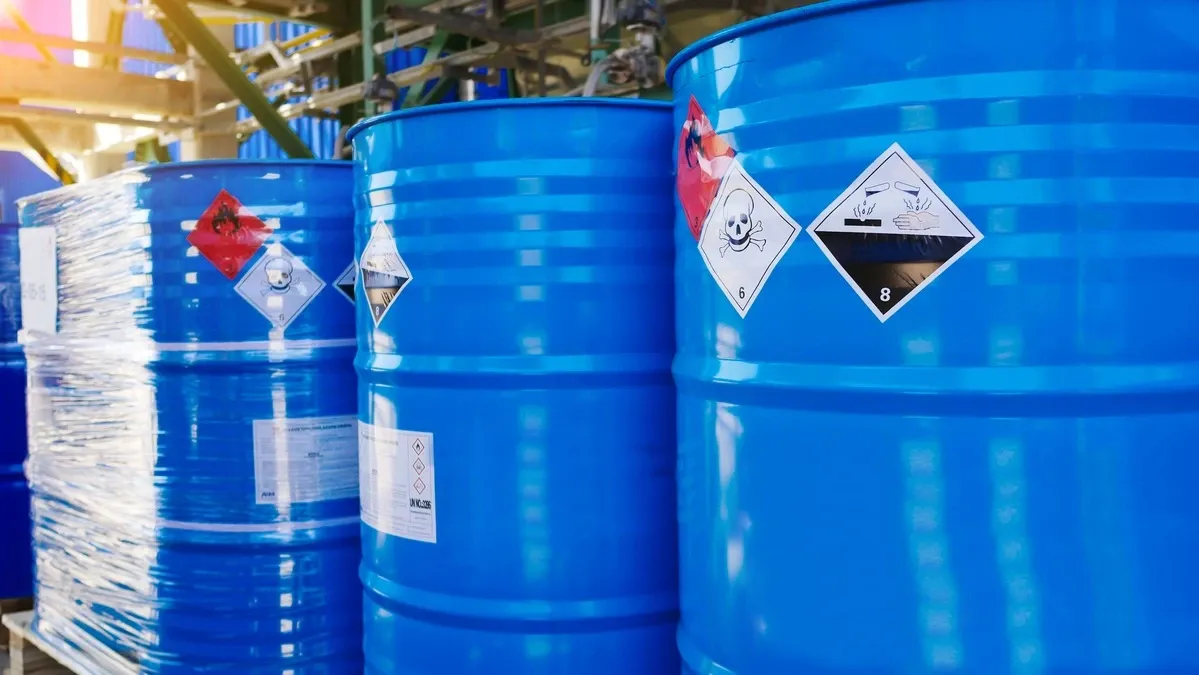The Bahamas Maritime Authority (BMA) has issued a safety alert after the death of a subcontractor, working at height on a pipe-laying vessel.
Purpose
1.1. This Safety Alert is issued by The Bahamas Maritime Authority to share lessons to be learned from the death of a subcontractor, working at height on a pipe laying vessel. It is based on the findings of a preliminary investigation into a very serious marine casualty.
1.2. Many of the lessons to be learned from this casualty are for crew, contractors and subcontractors involved in simultaneous operations, particularly in the offshore sector. However, it is important for companies, operators and managers, regardless of the scope of operation, to understand the risks associated with shipboard teams working simultaneously while assessing their safety in isolation.
Introduction
2.1. A Bahamas flagged pipe laying vessel was mobilising for a project at anchor. Work was scheduled to be conducted by vessel crew and various subcontractors, with each team independently completing their permits to work, following the vessel’s safety management system’s requirements.
2.2. Permit controlled work on the J-lay tower included work aloft by a rope access team tasked with preparing and painting new steelwork. This was to be completed with hot work ongoing at a higher level, where a new platform structure was being welded in place.
2.3. The welders had already started work when the rope access technician and assistant arrived at their work area. The assistant raised concerns about visible sparks, but the rope access technician assured him that the risk was negligible and proceeded to climb to the work area with an open container of paint thinner attached to his safety line.
2.4. The assistant went to the paint locker, leaving the rope access technician at the work area. Meanwhile, the welder’s assistant noticed the rope access technician but did not mention anything to the welder.
2.5. Shortly afterwards, sparks from the hot work ignited the paint thinner. The rope access technician pushed the paint thinner container away but the ignited material splashed onto the safety harness, causing it to melt and fail. The rope access technician fell approximately five meters to the deck and died from his injuries.

Safety Factors
3.1. Simultaneous Operations (SIMOPS) are described by the International Maritime Contractors Association (IMCA) as the potential clash of activities which could bring about an undesired event or set of circumstances. SIMOPS often involve multiple companies (owners, contractors, subcontractors) and a large multi-disciplined workforce carrying out various activities concurrently.
3.2. The full marine safety investigation report can be accessed here but attention is drawn to the following factors that contributed to the casualty:
- Lack of full team representation and involvement in pre-planning meetings
- Safety management system requirements were implemented, but in isolation, rendering them ineffective by other simultaneous operations
- Inadequate high-level supervision and control for multiple activities
- The vessel’s "stop work" policy was ineffective
Lessons to be learned
4.1. While conducting simultaneous operations, effective supervision means maintaining oversight of the entire operation to enable identification of areas that overlap and the associated potential risks.
4.2. During simultaneous operations, job safety analyses (JSA), permits to work (PtW), and risk assessments lose their effectiveness if each team completes their own in isolation. It is important to think of ship and crew safety holistically, not as isolated departments.
4.3. Work planning meetings should include (at minimum) a supervisor or representative of each independent team to ensure all teams have a unified understanding of ongoing operations and how it relates to their work. This contributes to an overarching understanding of risk, rather than just a team-specific focus.
4.4. Stop work authority is a safety policy that authorizes employees to put a stop to unsafe work, even when they normally don’t have that level of authority. It is only effective when considered more than a written policy and actually utilized. All shipboard personnel and subcontractors alike should be aware of this, while managers should emphasize that there are no repercussions for crew members who choose to exercise their stop work authority. Operations should not be dependent upon the intervention of senior staff or supervisors to determine that work is safe to carry on, as this practice is detrimental to onboard safety culture. Stop work authority can be used to reassess risks and reset a scenario, potentially saving a life.
Further reading
5.1. MAIC Investigation Report 49E/2022: Fatal Accident onboard SAIPEM FDS [Link to report]
5.2. BMA Safety Alert 21-04: Rope Access - Fatal Fall
5.3. IMCA M 203: Guidance on Simultaneous Operations (SIMOPS); with special attention to section 4.7 Undertaking the SIMOPS.
Validity
6.1. This Safety Alert is valid until further notice but will automatically cancel after 12 months.










Related News
Hong Kong: Collision in Suez Canal and safety measures
Jul 26, 2024
IMO revises guidelines for high manganese steel in cryogenics
Jul 26, 2024
Liberia: Increased measures following missile incident in Bab El Mandeb Strait
Jul 23, 2024